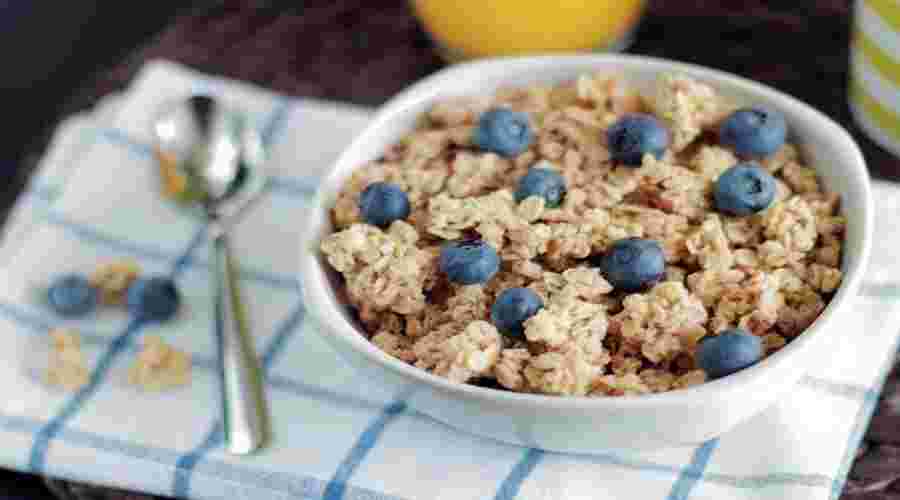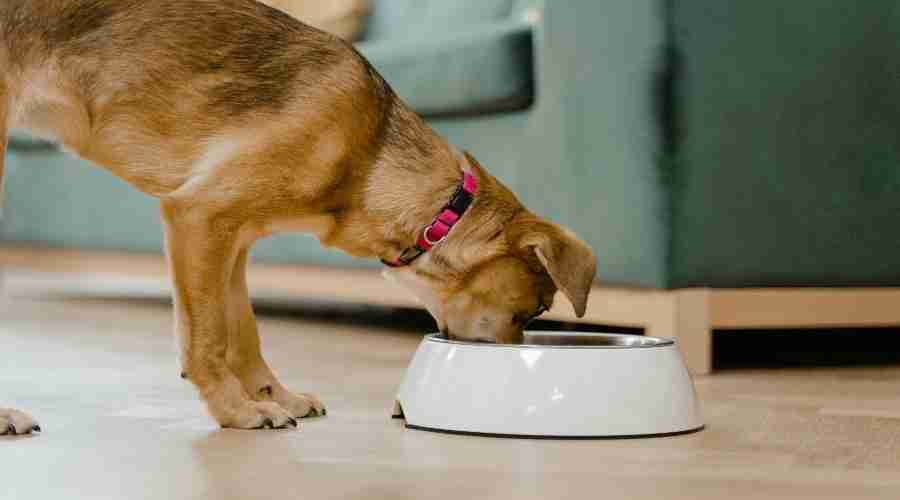Introduction
When it comes to keeping your dog healthy,gut health plays a major role.A balanced digestive system supports better immunity,energy levels and overall well being.That’s where probiotics come in.They are not just a human health trend they can make a real difference for your dog too.
According to the American Kennel Club, probiotics can help maintain a healthy gut flora in dogs and support their immune system.
If you have been wondering how to add probiotics to your dog’s diet safely,you are on the right track.Many dog owners dive into supplements without knowing the right type,dosage or method.This can lead to wasted money or worse tummy troubles for your pet.
From my own experience as a dog parent,I have seen the benefits firsthand.My Labrador used to have frequent digestive upsets.Once I learned the safe ways to give probiotics to dogs,her stools improved,her coat looked shinier and she seemed more energetic.
In this guide we will talk about:
- Best dog probiotics for gut health and how they work.
- How to add probiotics to dog food without overdoing it.
- Natural sources of probiotics for dogs versus supplements.
- Dog probiotics benefits and dosage so you give just the right amount.
- Answers to questions like“Can too much probiotics hurt my dog?”
By the end you will know exactly how to keep your pet’s digestive system happy—and avoid common mistakes.
What Are Probiotics?
Probiotics are live microorganisms—mainly beneficial bacteria—that help maintain a healthy balance in your dog’s gut.Think of them as friendly bacteria that fight off harmful microbes.
In dogs,these good bacteria:
- Aid digestion and nutrient absorption.
- Support immune system function.
- Reduce bad bacteria growth.
Many pet owners ask if they should use dog probiotic supplements vs natural foods.The answer depends on your dog’s needs,your lifestyle and how consistent you can be.Supplements are more controlled in dosage,while natural foods can offer additional nutrients alongside probiotics.
Probiotics work by restoring balance when the gut microbiome is disrupted—often after antibiotics,illness,stress or dietary changes.This is why when to introduce probiotics to a puppy is important.Starting early can help them develop strong digestive health.
If your dog struggles with digestive issues the right probiotic can be a game changer.But not all probiotics are equal the strain amount and delivery method matter.
Veterinary experts at VCA Animal Hospitals explain that probiotics for dogs should be selected carefully to match your pet’s specific needs.

Benefits of Probiotics for Dogs
Giving probiotics to your dog is not just about digestion.Here is why many pet owners including me consider them essential:
- Improved Digestion and Nutrient Absorption
Probiotics break down food better meaning your dog gets more nutrients from every meal.This is helpful if you feed homemade diets and want to make sure your dog absorbs everything especially if you are learning how to add vitamins to homemade dog food along with probiotics. - Stronger Immune System
Around 70% of the immune system is in the gut.Best dog probiotics for gut health support the immune system helping your dog fight off infections naturally. - Reduced Gastrointestinal Issues
If your dog experiences gas,diarrhea or constipation,probiotics can bring relief.Probiotics for dogs digestive issues are often recommended by vets for these problems. - Better Coat and Skin Health
Healthy digestion often reflects in a healthier coat.My dog’s fur became glossier within weeks of starting probiotics. - Fewer Antibiotic Side Effects
Antibiotics can wipe out both bad and good bacteria.Probiotics restore balance,reducing side effects like diarrhea.
When to Consider Adding Probiotics
Not every dog needs probiotics all the time but some situations call for them:
- Digestive Upsets:Loose stools,bloating or irregular bowel movements can signal gut imbalance.
- Stress:Moving homes,traveling or boarding can stress your dog,affecting digestion.
- After Antibiotics:Probiotics help restore good bacteria lost during treatment.
- Dietary Changes:Switching from kibble to raw or learning how to add probiotics to homemade dog food may require a boost.
If you are unsure how much probiotics for large dogs or smaller breeds,consult a vet.They can guide you on dosage based on your dog’s size and condition.
Along with probiotics,choosing the best dog food for puppies and adult dogs ensures balanced nutrition for your pet.
For puppies when to introduce probiotics to a puppy is crucial.A gradual introduction helps avoid stomach upset.
Safe Ways to Add Probiotics to Your Dog’s Diet
Knowing how to add probiotics to dog food safely is key to avoiding side effects.
Here’s what I have found works best:
- Choose Quality Supplements
Look for dog probiotics benefits and dosage on the label.Pick products with multiple strains such as Lactobacillus and Bifidobacterium. - Try Natural Foods
Natural sources of probiotics for dogs include plain yogurt,kefir and fermented vegetables.Just make sure they are free from added sugar or artificial sweeteners. - Follow Dosage Guidelines
Always check the packaging or your vet’s advice for how much probiotics for large dogs versus small ones.Too much can cause diarrhea. - Mix Into Meals
Whether it is kibble or homemade add probiotics to dog food by mixing them in just before serving—heat can kill live bacteria. - Avoid Overuse
Many owners wonder“Can too much probiotics hurt my dog?”The answer is yes—it can cause gas,bloating and diarrhea. - Combine with Other Nutrients
When making homemade meals,remember you can also learn how to add vitamins to homemade dog food so your pet gets a balanced diet.

Precautions and Potential Risks
While probiotics are generally safe understanding potential downsides is important before you add probiotics to dog food.
1.Watch for Side Effects
Some dogs may experience mild bloating,gas or loose stools when starting probiotics.If symptoms persist beyond a few days,pause usage and consult your vet.
2. Avoid Harmful Additives
When choosing dog probiotic supplements vs natural foods,read the labels carefully. Steer clear of artificial sweeteners like xylitol,which is toxic to dogs.Even natural flavorings can be harmful in some cases.
3. Check the Strains
Not all probiotic strains benefit dogs.Some are formulated for humans and may not survive in a canine digestive system.Look for strains specifically tested for dogs.
4. Dosage Control
If you are unsure how much probiotics for large dogs or small breeds,stick to the manufacturer’s instructions.Giving more won’t speed up results and can backfire.
Probiotics can help prevent some digestive issues listed in our guide on common health problems in dogs.
5. Monitor Your Dog’s Response
Every dog is different.When you start safe ways to give probiotics to dogs,observe stool consistency,appetite and energy levels.
6. Special Conditions
Dogs with immune-compromising conditions should have probiotics introduced only under veterinary supervision.
The National Institutes of Health (NIH) has published research showing the role of probiotics in improving gut health for both humans and animals.
Personal Experience with My Dog’s Probiotic Journey
When I first explored how to add probiotics to homemade dog food,I was nervous.I did not want to upset my Labrador’s stomach.We started small,mixing a tiny amount of goat’s milk kefir into her dinner.
Week one brought slightly softer stools—a sign her gut was adjusting.By week three the difference was noticeable:she had more energy,less gas and shinier fur.
Over time,I alternated between natural sources of probiotics for dogs and high quality supplements.This helped me understand dog probiotics benefits and dosage from real experience not just labels.
The biggest takeaway?It is not just about giving probiotics—it is about giving the right type at the right time in the right amount.
Final Thoughts from a Dog Owner’s Perspective
Learning how to add probiotics to dog food safely is one of the most impactful changes I have made to my dog’s health routine.It improved her digestion,immune function and even her mood.
But here is the truth: probiotics are not a magic cure all.They work best as part of an overall healthy diet,whether you feed commercial kibble or understand how to add vitamins to homemade dog food for a complete nutritional profile.
If you are wondering“Can too much probiotics hurt my dog?”the answer is yes—so go slow,watch your dog’s reactions and seek guidance from your vet.
And if you have got a new puppy remember when to introduce probiotics to a puppy matters.A careful start sets them up for a lifetime of gut health.
Include probiotics as part of a powerful daily care routine for your dog to maintain long term health.
FAQs
1. How to add probiotics to dog food safely?
The safest way is to choose a probiotic designed for dogs.Follow the dosage on the packaging and mix it into your dog’s food just before serving.Probiotics should not be heated as heat can destroy live bacteria.As you see your dog’s response,gradually increase the quantity from a small starting point.
2. What are the best dog probiotics for gut health?
Choose products that have several strains of bacteria,such as Bifidobacterium animalis and Lactobacillus acidophilus.The best outcomes are typically provided by brands that have been tested on dogs.To guarantee safety and efficacy, only purchase from reputable vendors.
3. Can too much probiotics hurt my dog?
Yes While probiotics are safe in proper doses giving too much can cause gas,diarrhea or bloating.If you suspect an overdose stop giving them and speak to your vet.
4. What are safe ways to give probiotics to dogs?
Probiotic rich treats natural probiotic sources for dogs,such as kefir or plain yogurt or probiotic powder or capsules can be added to your dog’s regular meals.Make sure these items are always free of added sugars and xylitol.
5. How much probiotics for large dogs is ideal?
Although the precise dosage varies depending on the substance,large dogs usually require a bigger dose than small ones.For weight based recommendations consult the label or speak with your veterinarian.
6. When to introduce probiotics to a puppy?
Once they begin eating solid food,puppies can benefit from probiotics,particularly if they have been on antibiotics or have digestive issues.Introduce gently and seek advice from your veterinarian.
7. How to add probiotics to homemade dog food?
Once your dog’s food is ready,let it cool down a little before adding the probiotics.The living bacteria are preserved in this way.Pairing this with knowledge on how to add vitamins to homemade dog food can create a complete and balanced diet.
8. Dog probiotics benefits and dosage—what should I know?
Probiotics can improve digestion,boost immunity and help with skin health.The dosage depends on your dog’s weight,age and health status,so always follow product instructions.
